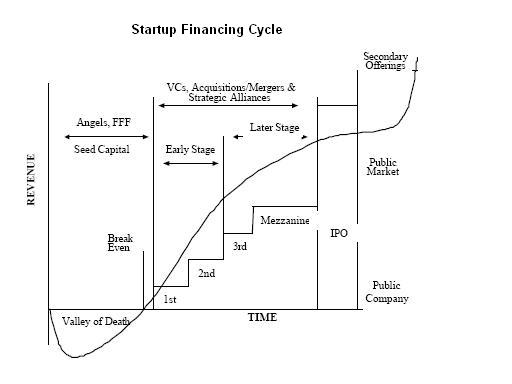Andy Tompkins and Bryan Vadas are the founders of the iPledg.com Crowdfunding platform. iPledg is serious about helping the Tech and Startup...
Funding
Many people don’t think its possible to get a customer to fund your business, but it really...

